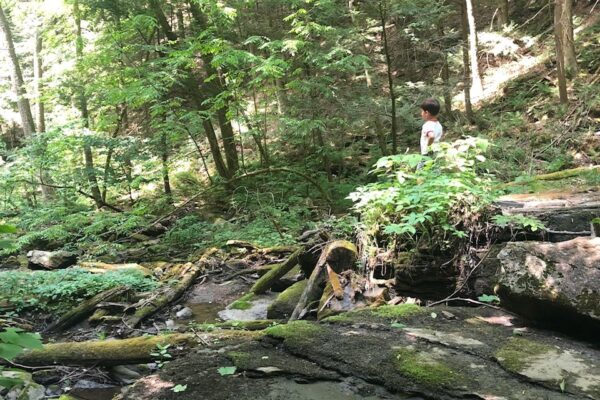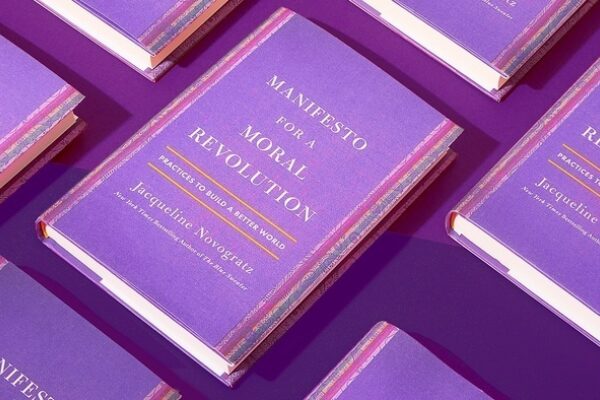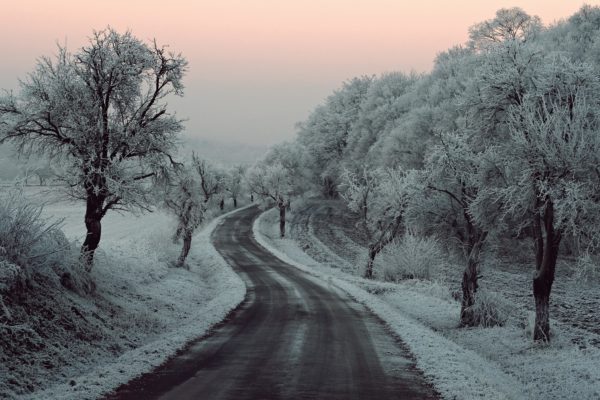
My daughter Minh was born on December 10th.
I watch her quiet in contentment; watch her engage with the world, letting in just as much as she’s ready to let in. I watch her force of will: hunger, wet, gas; and often, simply, her wanting things to be otherwise, without her or me quite knowing how. Minh shifts like weather. As Daniel Stern writes in Diary of a Baby:
Now, pretend that weather is the only medium. Pretend that chairs, walls, light and people all make up a weatherscape, a special moment of a day or night, its unique mood and force deriving from its own combination of wind, light and temperature. And, finally, pretend that there is no you to stand outside the weather and watch it happen. You are part of the weatherscape. The prevailing mood and force can come from inside you and shape or color everything you see outside. Or, they can start outside and resonate inside you. In fact, the distinction between inside and outside is still vague: both seem to be part of a single continuous space. As adults, we have many moments when the inside and the outside worlds seem to influence one another directly, almost flow freely one into the other. For instance, the inside moves to the outside when someone close to you does something hateful and looks for that moment intensely ugly. Or, the outside moves inside when you walk out into an unexpectedly sunny and clear morning, and your spirits lift and your body lightens. In adults, these partial breaches in the inside-outside barrier are short-lived. In infants, they are almost constant.
A human weatherscape is a unique moment of feelings-in-motion. It is not static like a photograph. It has duration, like a chord or several notes or even a musical phrase. It can last from a split second to many seconds. And during the time that fills a moment, [the newborn’s] feelings and perceptions change together. Each moment has its own sequence of feelings-in-motion: a sudden increase in interest; a rising, then a falling wave of hunger pain; an ebbing of pleasure. It is as a sequence of these moments strung together that [the newborn] experiences life.
Our world grows with us. To Minh, still, each spell of weather is an instance. We grow into a whole familiar climate of what we’ve made and what we know.
Even into adulthood, though softened to make us sane and others comfortable, remains the force of will that Minh shows at her surface. (An oval of broken capillaries over her nose becomes red before her face does, like a small strawberry emblem of strain.) To be alive is to be at once whole, incomplete and reaching.
As our powers grow, and as we moderate our wants, our intentions more often lie in the well-lit precincts of what we can reach easily. But still we dance with what exceeds our reach. It is in this dance that we are most like children. We look willfully away, like the child who “never wanted to ride his stupid bike” after falling. We rail. We repeat the things we know, as if they might do what they won’t. Or we play: practice, seek, keep testing limits without knowing when they’ll yield.
The pattern we dance with what’s beyond us shapes the pattern of our lives. Emerson can be our teacher here, in “Circles”:
The key to every man is his thought. Sturdy and defying though he look, he has a helm which he obeys, which is, the idea after which all his facts are classified. He can only be reformed by showing him a new idea which commands his own. The life of man is a self-evolving circle, which, from a ring imperceptibly small, rushes on all sides outwards to new and larger circles, and that without end. The extent to which this generation of circles, wheel without wheel will go, depends on the force or truth of the individual soul. For, it is the inert effort of each thought having formed itself into a circular wave of circumstance, — as, for instance, an empire, rules of an art, a local usage, a religious rite, — to help itself on that ridge, and to solidify, and hem in the life. But if the soul is quick and strong, it bursts over that boundary on all sides, and expands another orbit on the great deep, which also runs up into a high wave, with attempt again to stop and to bind. But the heart refuses to be imprisoned; in its first and narrowest pulses, it already tends outward with a vast force, and to immense and innumerable expansions.
These first weeks of fatherhood join two experiences of limits: watching Minh struggle against something she can’t see that’s so simple and so clear to us; and then running crashing into the limits of my own understanding, not knowing what she needs or what to do or what my own life is, already, becoming.
It begins to seem that caretaking, the work of work and the work of living all come back to the same two acts. First, stitch together the things that help into a fabric of routine. Make them second nature, yet attentive. Make them count. Then, find a way to be open to the rest. Nature made Minh’s cry to pull the center out of me; maybe everything difficult is made like this. How to be open, to be playful, to be not knowing and yet moving toward? All work that matters oscillates between routine and what’s uncomfortable, beyond us and indisputably necessary.
Beginnings like this give weight and urgency to imperatives that are always there: look at the world rippling outwards — breath to breath; waking, hunger and sleep; the circle of a year and the circle of a life.



